Iris A-Z: P
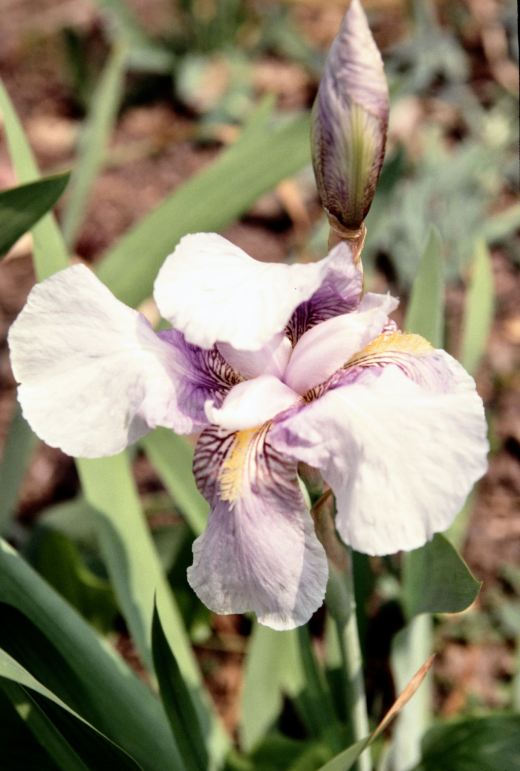
‘Paltec‘
Because I left you with Iris pallida yesterday it seems logical to start today with a very odd iris that has Iris pallida as one parent. My image is not great because it was a long time ago that I grew it and this is a scanned slide. I never queried the identity of this plant but, looking online, most images of ‘Paltec’ look different so I will continue, but with the caveat that this may not be quite the right plant.
‘Paltec’ is not strictly a tall bearded iris for two reasons: it is not tall enough and it is a curious cross between a bearded iris (I. pallida) and a crested iris (I. tectorum). The crested iris are a lovely group of plants and instead of a beard, they have a jagged crest on the falls. Iris tectorum is gorgeous plant with flat flowers (the standards flop to the horizontal) and the white form is especially lovely. It is often called the Japanese roof iris because, believe it or not, the Japanese grew it on their roofs. Iris japonica is a slightly tender crested iris but the most incredible is the tender Iris confusa which has upright stems and looks (a bit) like a bamboo. The American species are small, hardy and utterly delightful.
But back to ‘Paltec’ which probably dates back to 1928 but the cross must have been repeated. If my plant is ‘Paltec’ then it makes sense that it is a little bit ‘Frankensteiny’ since the parents are so unlike. It is floppy and the standards don’t know what to do. Not a beauty but species crosses between the different sections of the genus are always interesting.
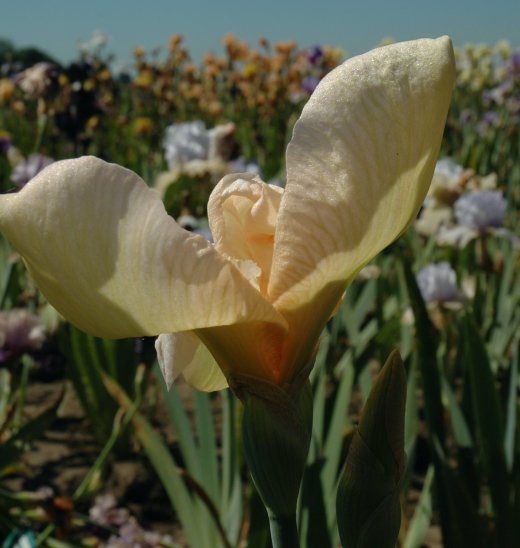
‘Pink Magnolia’
While we are in weird iris territory we have this strange bloom. ‘Pink Magnolia’ was raised by Opal Brown of Oregon and introduced in 1970. The petals are quite thick and the falls don’t fall but remain cupped and hold this shape like a magnolia. There is (thank goodness) no other iris quite like it. My main objection to it is that, if you accidentally get a whiff of glyphosate on an iris plant, the flowers will be distorted and look a bit like this. It is the sort of flower that people say is loved by flower arrangers but then they routinely torture flowers and leaves as a matter of course.
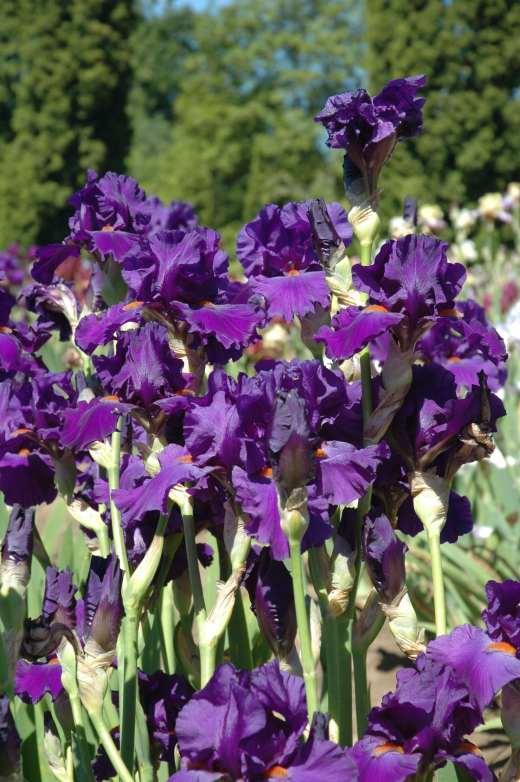
‘Paul Black’
It is with considerable relief that we finally have a great iris, one of the best. Raised by Paul Black’s partner in hybridising at Mid America Gardens, Thomas Johnson and introduced in 2002, this had to be good to bear Paul’s name. My goodness, this is a great plant. It is tall, at about 95cm, with a dozen large flowers per stem and of a rich purple that is enhanced by burnt orange beards. It makes a good show in the garden and it is sweetly fragrant. It is no surprise to learn that it won almost every award going in the run up to gaining the American Dykes Medal in 2010. And in the same year it came in at No 5 in the poll of America’s favourite iris. WOW.

‘Pacific Panorama’
I am slightly obsessed with anything to do with Oregon and the Pacific coast because I love this area so much so this is possibly an odd choice because it is getting a bit long in the tooth. It was raised by Neva Sexton from California and introduced in 1960. The flowers are a bit plain by today’s standards but it can be argued that these are just as effective in the garden and the colour is clean and lovely. So lovely, in fact that it won the American Dykes Medal in 1965.
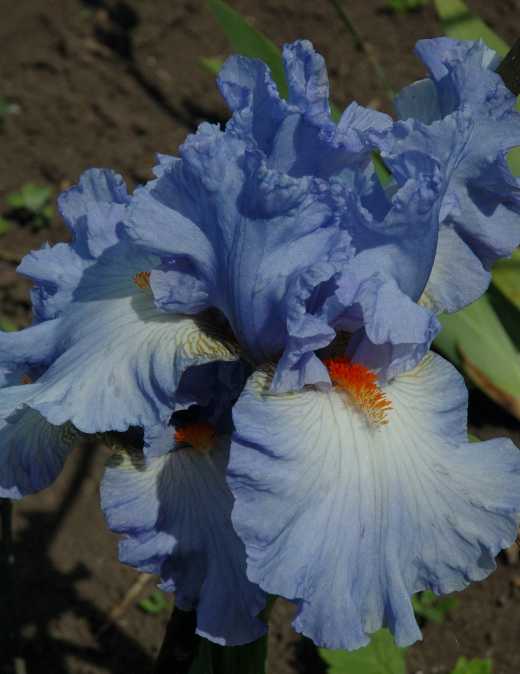
‘Princesse Caroline de Monaco’
Here is another of those red, white and blue iris from Cayeaux. It was introduced in 1998 and has large flowers on sturdy stems.
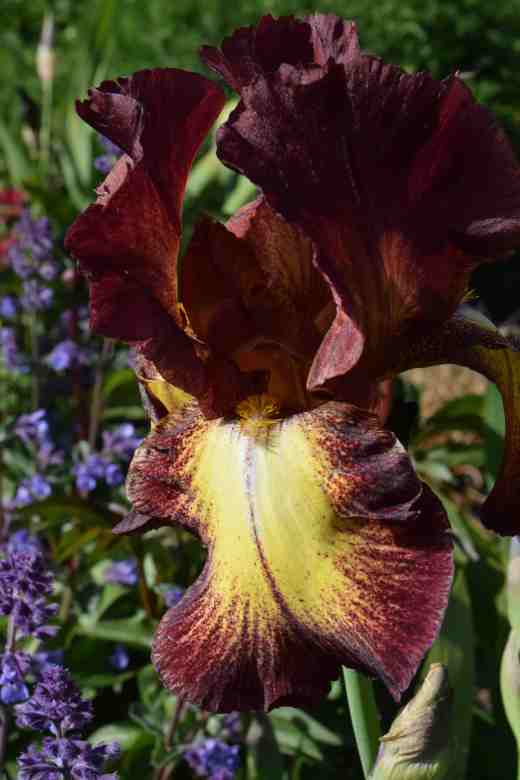
‘Provencal‘
And we end with another Cayeaux iris, this time from 1977. This does not have huge flowers but there is something about it that people love and it gets used in ‘Chelsea gardens’ with great regularity. Perhaps the combination of colours makes it easy to fit into a wide range of colour schemes. It is vigorous and flowers well and has a certain charm that makes it a favourite.
Q tomorrow and one of my all time favourites.
Actually, I prefer some of the older iris because they are relatively simple and ‘tailored’. I find ‘San Jose’ to be a bit garish. ‘Blueberry Ice’, for example, has an excellent color and pattern, but the flowers are freakishly distended and perhaps a bit too ruffly. ‘Pacific Panorama’ is appealing for its monochromatic color. It looks like what I thought ‘Salem’ looks like, although ‘Salem’ is actually lighter blue.
I thought Iris Paltec was a cross between Iris tectorum and the old diploid ‘Edina’. I have it and it is a pretty blue.
I was not aware of that and thought that the name explained the parentage but I will look into that. Thank you for the comment.